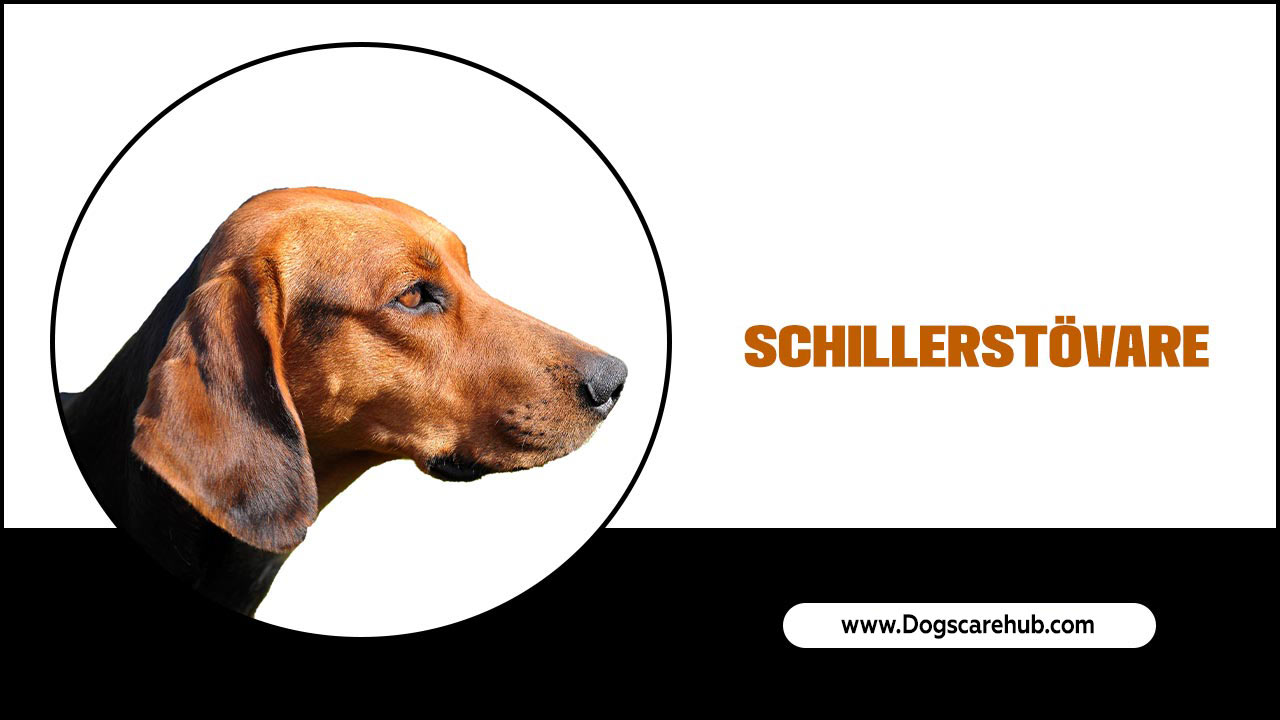Dog socialization tips solutions are paramount for raising a well-adjusted, confident, and happy canine companion. Early and consistent exposure to a variety of people, places, sounds, and other animals is not just a recommendation; it’s a fundamental aspect of responsible dog ownership. When done correctly, socialization lays the groundwork for a lifetime of positive interactions and prevents a host of behavioral problems, from anxiety and fear-based aggression to excessive barking and timidity. It’s an investment of time and effort that pays immense dividends in the quality of life for both your dog and those around them.
The Critical Window for Socialization
The period between a puppy’s birth and roughly 16 weeks of age is often referred to as the “critical socialization window.” During this time, puppies are naturally curious and receptive to new experiences. Their brains are like sponges, absorbing information about the world around them. Positive early encounters create positive associations, while negative or frightening experiences can leave lasting scars, leading to fear or reactivity later in life. This is why it’s so crucial to implement effective dog socialization tips solutions during this formative stage.
However, it’s important to note that socialization doesn’t have to stop at 16 weeks. While the early window is most impactful, older dogs can also benefit from continued socialization, often with a bit more patience and a slower pace. Older dogs who may have missed out on early experiences or have developed negative associations can still learn to trust and engage with new stimuli.
Core Principles of Effective Dog Socialization
Understanding the “why” behind socialization is the first step. The “how” involves several key principles:
Gradual Exposure: Introduce your dog to new experiences slowly and in a controlled manner. A sudden onslaught of overwhelming stimuli can be counterproductive. Start with short, positive exposures and gradually increase the duration and intensity.
Positive Reinforcement: Associate new experiences with positive outcomes. Use treats, praise, and play to reward calm and confident behavior in the presence of novelty. This builds positive associations.
Understanding Your Dog’s Limits: Pay close attention to your dog’s body language. Signs of stress or fear include lip licking, yawning, whale eye (showing the whites of their eyes), tucked tail, or trying to retreat. If you see these signals, it means you’ve moved too fast. Back off, create more comfortable distance, and try again later, perhaps with a less intense version of the experience.
Consistency is Key: Regular, ongoing socialization is more impactful than sporadic bursts. Make it a part of your dog’s routine.
Practical Dog Socialization Tips Solutions in Action
Let’s delve into actionable dog socialization tips solutions for various aspects of your dog’s world:
Socializing Your Puppy with Other Dogs
This is often the most sought-after aspect, and for good reason. Well-socialized dogs are generally more comfortable and less reactive around other canines.
Puppy Socialization Classes: These are invaluable. They provide a safe, supervised environment where puppies of similar age and vaccination status can interact. A good class will also have experienced trainers present to guide interactions and intervene if necessary.
Controlled Introductions with Known, Well-Behavioned Adult Dogs: If you have a calm, friendly adult dog, introducing your puppy to them on neutral territory can be a great way to model appropriate canine behavior.
Safe Dog Parks (with caution): Once your dog is older, vaccinated, and has a solid foundation of socialization, dog parks can be an option. However, be very discerning. Observe the dogs present and the overall atmosphere. If it seems tense, or if your dog is overwhelmed, leave immediately. Avoid overcrowded parks with unpredictable dogs.
One-on-One Playdates: Arrange playdates with friends’ dogs who you know are vaccinated and have friendly temperaments. This offers a more controlled environment than a busy dog park.
Introducing Your Dog to New People
A dog who is comfortable with a variety of people is a joy to have.
Variety is the Spice of Life: Expose your dog to people of different ages, genders, ethnicities, and physical appearances. This includes people wearing hats, carrying umbrellas, using canes, or riding bicycles.
Let Them Approach: When meeting new people, encourage them to let your dog approach them first. Have the person toss a treat towards your dog instead of reaching out immediately to pet them.
Avoid Forced Interactions: Never force your dog to interact with someone if they are showing signs of apprehension. This can create negative associations with people.
Acclimating Your Dog to Different Environments and Sounds
A well-socialized dog can handle the world with confidence.
Varying Locations: Take your dog to different places: quiet streets, busier sidewalks, parks, pet-friendly stores, grass, pavement, gravel.
Sound Desensitization: Gradually expose your dog to common household and neighborhood sounds. This can include doorbells, vacuum cleaners, traffic noise, thunderstorms (use recordings at a low volume initially), and even fireworks (again, start with recordings at a very low volume and positive reinforcement).
Car Rides: Make car rides a positive experience. Start with short trips to fun destinations, like the park.
Addressing Common Socialization Challenges
Not all dogs are naturally outgoing. Some are more sensitive or fearful. Here are some solutions for common challenges:
The Shy or Fearful Dog: For these dogs, the principle of “going at their pace” is even more critical. Counter-conditioning and desensitization (CC/DS) are key. This involves slowly exposing them to a trigger at a distance where they don’t react fearfully, and pairing that trigger with high-value treats. As they become comfortable, you can slowly decrease the distance or increase the intensity of the trigger. Consult a professional trainer or veterinary behaviorist if fear is severe.
The Overly Enthusiastic Dog: Some dogs can be so excited that they overwhelm others, leading to negative reactions. Teaching impulse control and polite greetings is essential. Practicing “sit” and “stay” before greetings, and rewarding calm behavior, can help.
The Dog with a Past: Rescue dogs, in particular, may have missed crucial socialization periods or had negative experiences. Patience, understanding, and gradual, positive exposure are vital. Again, professional guidance can be incredibly helpful.
When to Seek Professional Help
While many dog socialization tips solutions can be implemented by the owner, some situations warrant professional intervention:
Aggression: If your dog shows aggressive behavior towards people or other dogs, it’s imperative to seek help from a certified professional dog trainer or a veterinary behaviorist immediately.
Severe Fear or Anxiety: If your dog exhibits extreme fear or anxiety in common social situations, professional guidance is crucial to develop a safe and effective behavior modification plan.
Uncertainty: If you’re unsure how to proceed, or if your efforts aren’t yielding the desired results, a professional can assess your dog’s needs and provide tailored advice.
Investing time and effort into dog socialization tips solutions is one of the most powerful acts of love you can offer your canine companion. It empowers them to navigate the world with confidence, prevents potential behavioral issues, and ultimately enriches both your lives. A well-socialized dog is a happy dog, and a happy dog makes for a harmonious home and a delightful presence in society.
Meet Elyse Colburn, the devoted canine companion and storyteller behind the enchanting world of “Tales, Tails, and Adventures Unleashed.” A passionate dog enthusiast with a heart full of paw prints, Elyse Colburn shares heartwarming tales and insightful adventures, celebrating the joy, loyalty, and endless antics that make every dog a true hero. Join Elyse Colburn on this tail-wagging journey, where every post is a love letter to our four-legged friends.




